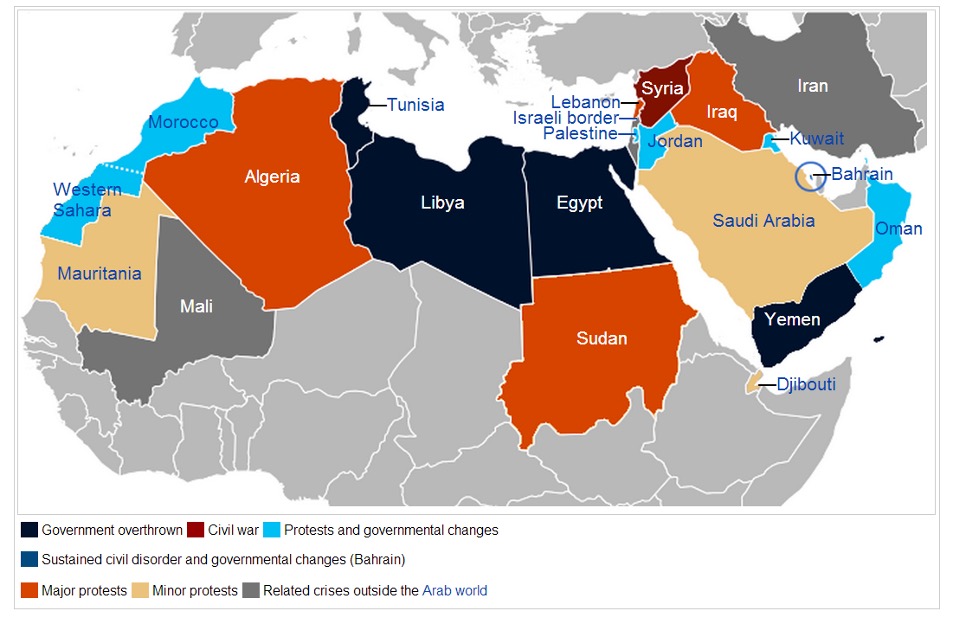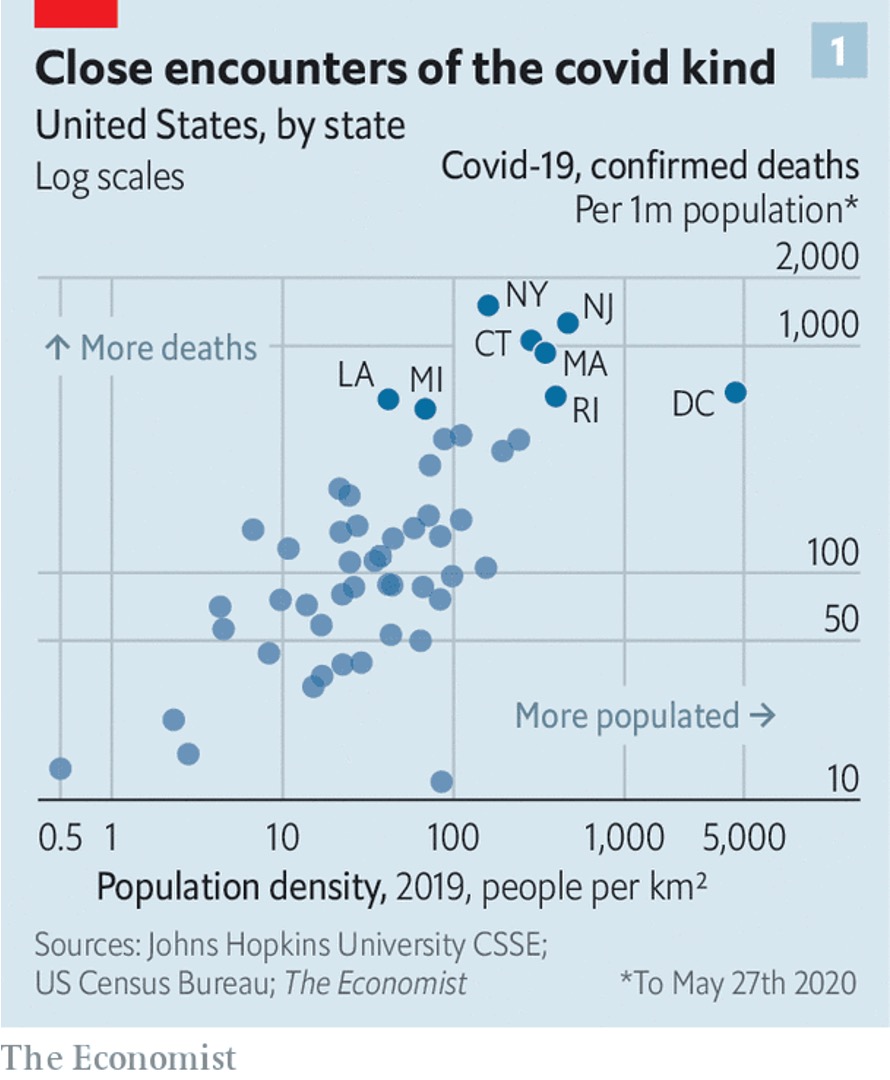| Professor: | Mohammad T. Irfan Email: mirfan@bowdoin.edu Office Hrs: TW 3-5:30 PM Office room: Mills 209 |
| LA: | Charlotte Gehrs LA Hours: Thu 7-9pm Room: Mills 105 |
DCS 2350/CSCI 2350:
Social and Economic Networks
Fall 2023
What is this course about?
|
|
Example: What does a Tunisian fruit seller's self-immolation have anything to do with the Saudi-Iran proxy war in Yemen?
Example: Why did Covid impact the northeastern part of the U.S. or countries like Italy so much? What do these examples have in common? Additionally, how are they even remotely related to things like the U.S. residency matching or kidney exchange programs? This course examines the social and economic aspects of today's connected world from a multitude of perspectives; namely, network science, computer science, sociology, and economics. The fundamental questions to be addressed are: What are the properties of real-world networks? What are the effects of networks on our behavioral choices like quitting smoking or eating healthy? How do cascades in networks lead to outcomes like videos going viral? How does Google search the Internet and make money doing so? Debates issues around centrality in networks. Uses game theory to study strategic interactions in networks and markets. Prerequisites:
|
What is the central theme?
|
|
The focus of this course is networks. Graph theory as a mathematical tool for studying networks has been around for over two centuries. However, modern computational power has enabled the study of the types of networks that not only change dynamically but also scale to a previously unimaginable size. Examples of such networks are today's social and economic networks. This course connects a series of questions within the central theme of social and economic networks. (The specific questions are listed in the course schedule.) |
 Figure: A large-scale network of political blogs. Colors denote political leaning. (Adamic and Glance, LinkKDD 2005.) |
How will these questions be addressed?
|
|
A variety of inter-disciplinary tools and techniques will be used to address these questions. For example, we will use a software called Gephi to visualize networks and study their properties. We will study the classical as well as the modern theories of network formation, and we will experiment with these theories in the NetLogo software environment. We will use tools from mathematical sociology as well as computer science to study diffusion in networks. We will get an introduction to computational game theory in order to address various interesting questions on the strategic aspects of networks. Most importantly, elements of computational thinking will be prevalent throughout this course to answer many of the "how" questions. The reason is that in today's socio-economic context, nearly all real-world networks are very complex with many interdependent components. To answer any conceivable question within such complex settings, we need to think critically about devising a solution. We need to consider computational time and space. We need to combine a mathematical approach with an engineering approach. Computational thinking enables us to do the above in order to devise practical solutions to problems. Programming is just one part of computational thinking; it's not all. |
Why are networks the way they are?
|
|
Several critical questions will be addressed in this course. First, almost all real-world networks exhibit some common properties, such as a "giant component" and a certain type of "degree distribution." Why do the entities in the network connect in this fashion? Second, what are the effects of network connectivity on various social and behavioral phenomena, such as smoking, obesity, or even videos going viral? Finally, what roles do strategic interactions play in shaping the networks that we see today? |
Instructors
Time & Place
| Lectures: | TR 10:05-11:30 PM |
| Midterm: | In-class (10/19) |
| No final exam |

